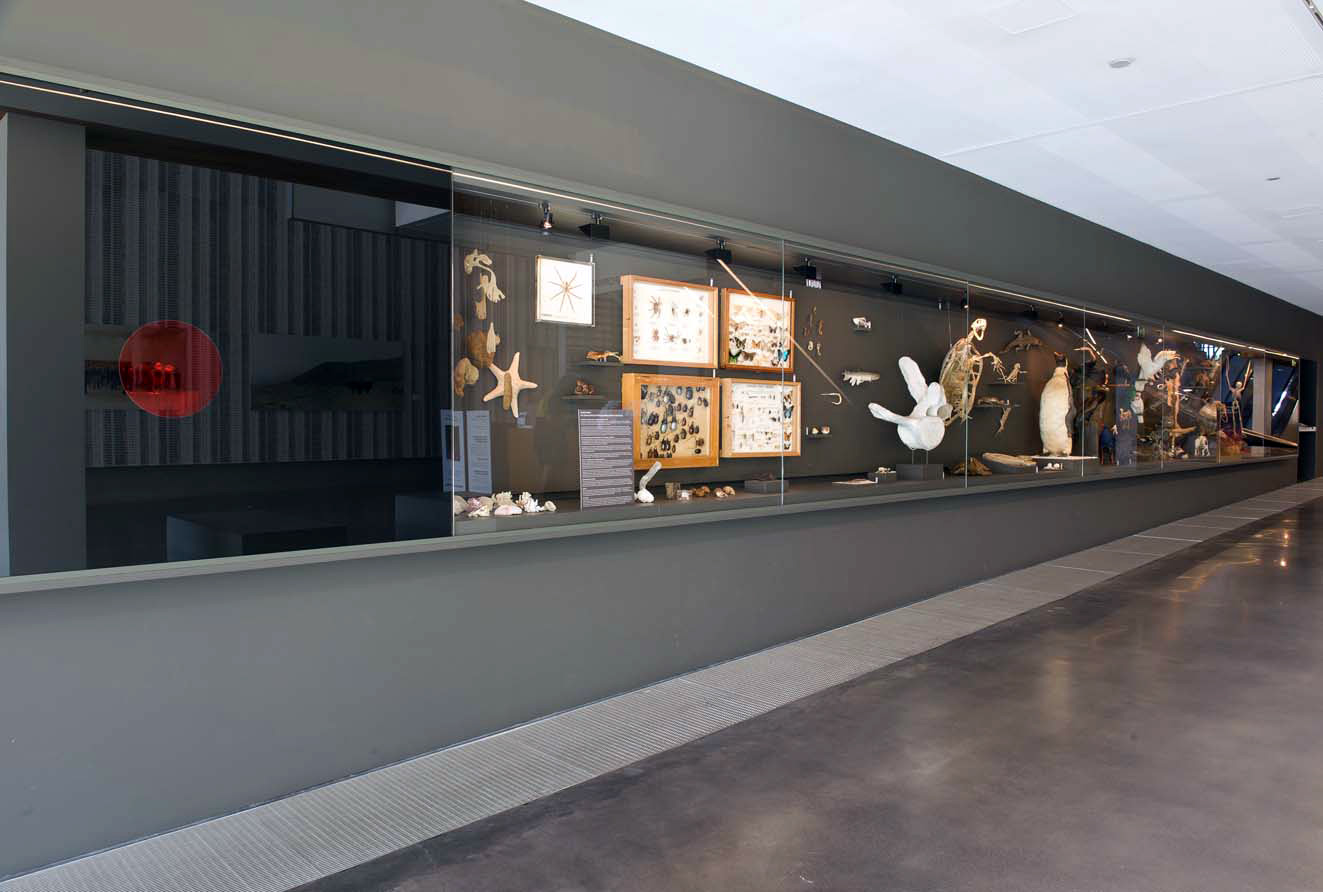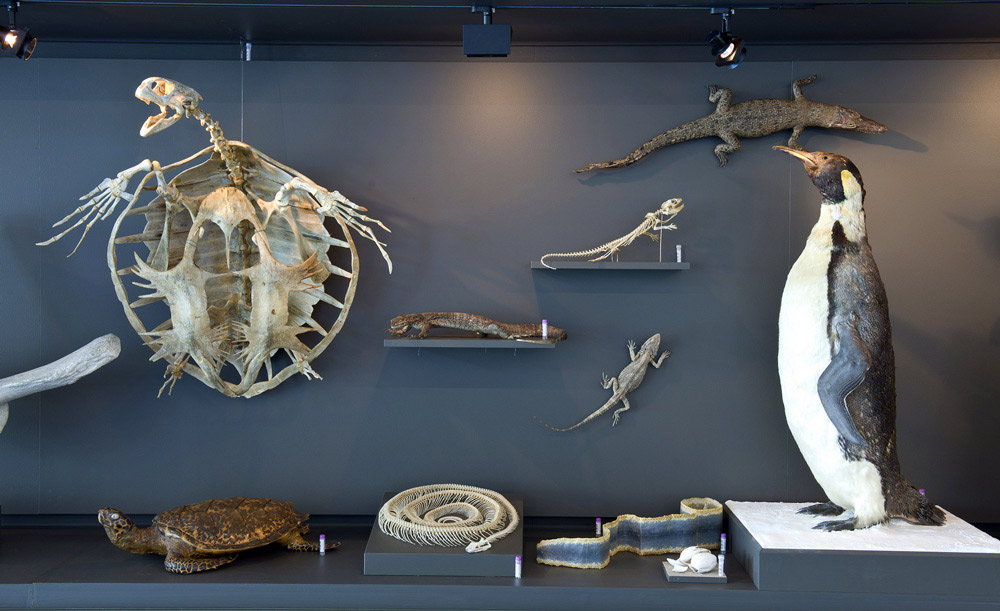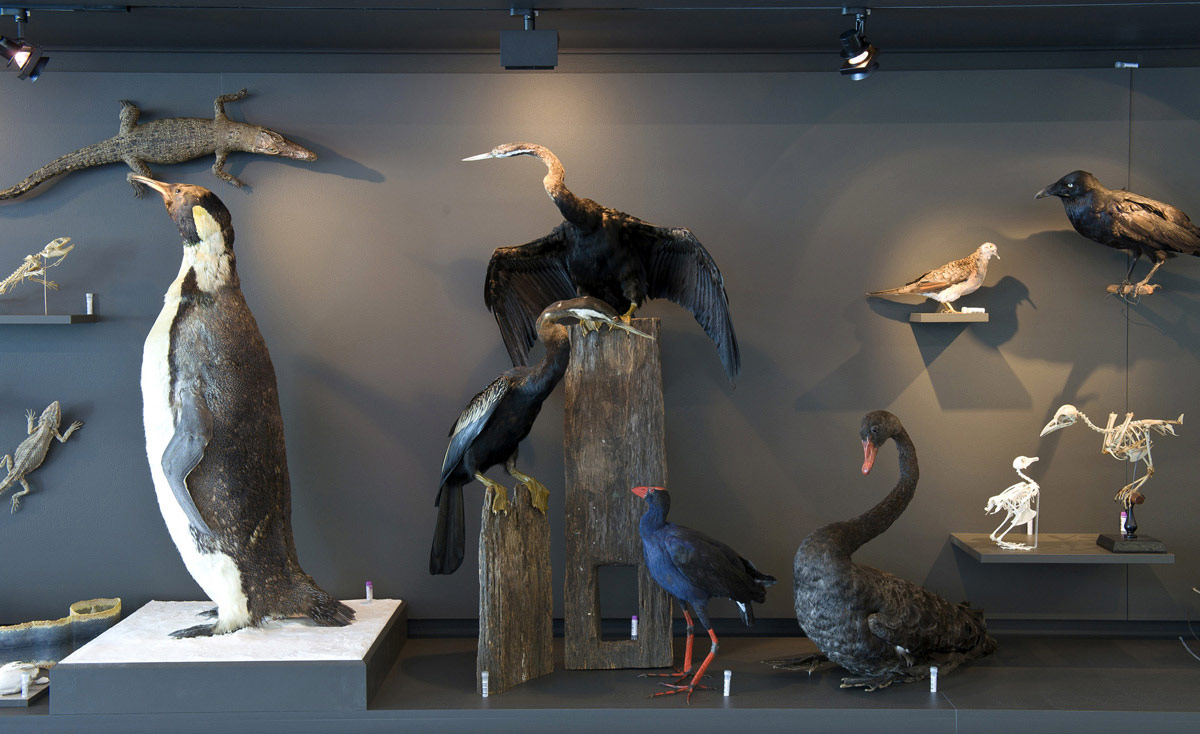Neolife
—
2010
Oron Catts & Ionat Zurr
Whenever life and technology mix, odd things happen. In 1913, controversial surgeon Alexis Carrel developed a technique called tissue culture. He understood that cells could live outside the body. In 1961, it was discovered that normal cell division is limited to between 56 and 65 times (Hayflick’s limit), but it was later found that cancer cells can continue division forever. In 1948, a cancerous cell from a mouse created the base for a continuous line of cells that are still being used today. The first human cell line, HeLa cells, were established in 1951 with cells from Henrietta Lacks, an African- American woman.
But where do these cells fit in taxonomy? In 1991, two evolutionary scientists, Van Velen and Maiorana, suggested that HeLa cells might constitute a new life form: ‘HeLa cells are the best-known cultured cells of human origin…they have become a separate species restricted to a particular environment.’ In other words, an ‘odd’ life form in a laboratory environment. In tissue banks that provide scientists with cell lines, one starts to find all sorts of oddities: cells that have three different organisms as its origins, or fused cells of human and mouse origin, called hybridomas. These cells are only classified by catalogue numbers or by very odd names. This is neolife.
Cultural Identification in Neolife:
How do human cultures come to terms with neolife? Museums explain the taxonomy of life by showing us the living kingdom as a continuous developmental lineage, culminating with primates, the apes and the humans, often shown as strange artefacts. In 2007 we developed a work that we titled NoArk. Through these new, totally abstracted life forms—cells—the metaphor of the ark no longer applies. We see a return of those cabinets of curiosities, but this time, collections come from catalogues that supply scientists and laboratories.
Neolifism
Since we developed NoArk in 2007, more and more museums have started to collect fragments of life, frozen cells that represent the whole. These are a new addition to the stuffed animals and specimens in jars. Here, the technology of collection is converging with the technology of making strange. New life forms are entering collections, but the collection is not complete… the ‘odd neolife’ is not there in our natural history collections; the lab-grown, lab modified life forms are still absent.
Odd Neolifism
Odd Neolifism is an updated cabinet of curiosities. The two-headed bird, as much as it might represent a TC&A collaboration, it also recalls the fascination with oddities and their significance in the 17th century. Museums have conventions in displaying preserved life forms, and in this display, ideas about a progressive complexity of species are questioned. At the far end of this display we include the only living element—cell tissue within a bioreactor (a surrogate, technological body). These life forms are so abstracted from their source, and yet they are growing and perhaps it is time to realise we need to find a place in our ecology for Neolife.
—
Commissioned for “21st Century: Art in the First Decade”








